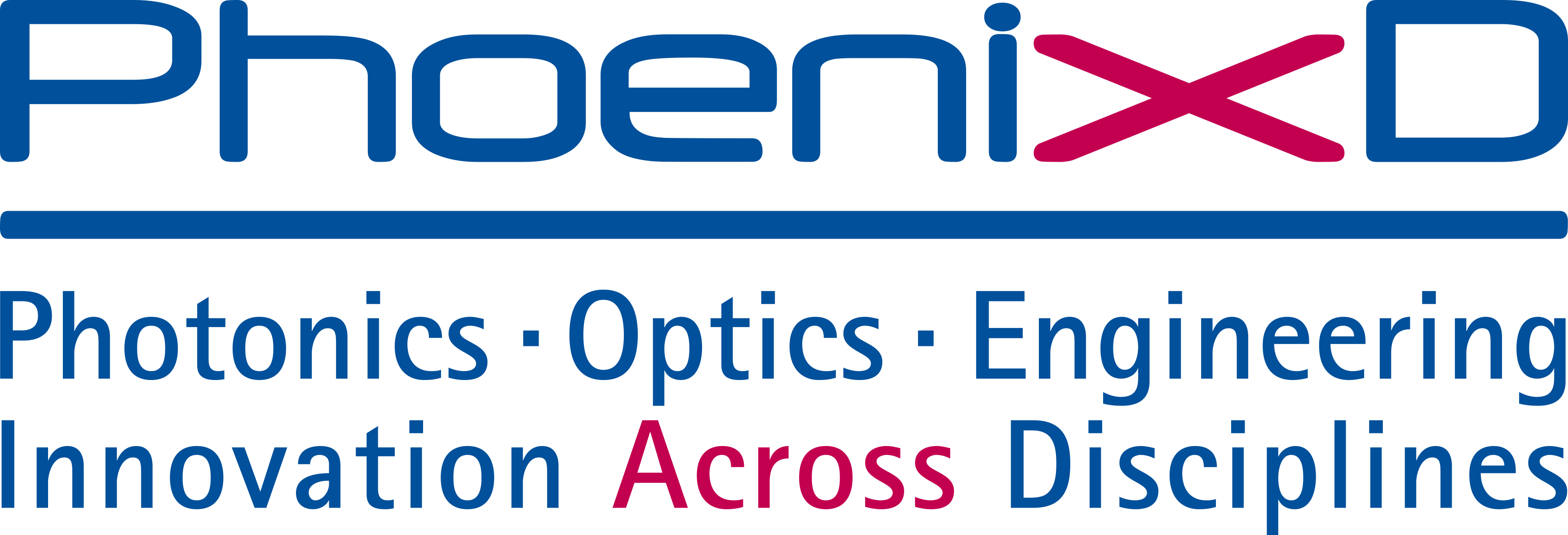In-depth analysis of LISA Pathfinder performance results
Time evolution, noise projection, physical models, and implications for LISA
- verfasst von
- LISA Pathfinder Collaboration , M. Armano, H. Audley, J. Baird, P. Binetruy, M. Born, D. Bortoluzzi, E. Castelli, A. Cavalleri, A. Cesarini, V. Chiavegato, A. M. Cruise, D. Dal Bosco, K. Danzmann, M. De Deus Silva, I. Diepholz, G. Dixon, R. Dolesi, L. Ferraioli, V. Ferroni, E. D. Fitzsimons, M. Freschi, L. Gesa, D. Giardini, F. Gibert, R. Giusteri, C. Grimani, J. Grzymisch, I. Harrison, M. S. Hartig, G. Heinzel, M. Hewitson, D. Hollington, D. Hoyland, M. Hueller, H. Inchauspé, O. Jennrich, P. Jetzer, B. Johlander, N. Karnesis, B. Kaune, N. Korsakova, C. J. Killow, J. A. Lobo, J. P. López-Zaragoza, R. Maarschalkerweerd, D. Mance, V. Martín, L. Martin-Polo, F. Martin-Porqueras, G. Wanner
- Abstract
We present an in-depth analysis of the LISA Pathfinder differential acceleration performance over the entire course of its science operations, spanning approximately 500 days. We find: (1) The evolution of the Brownian noise that dominates the acceleration amplitude spectral density (ASD), for frequencies f≳1 mHz, is consistent with the decaying pressure due to the outgassing of a single gaseous species. (2) Between f=36 μHz and 1 mHz, the acceleration ASD shows a 1/f tail in excess of the Brownian noise of almost constant amplitude, with ≃20% fluctuations over a period of a few days, with no particular time pattern over the course of the mission. (3) At the lowest considered frequency of f=18 μHz, the ASD significantly deviates from the 1/f behavior, because of temperature fluctuations that appear to modulate a quasistatic pressure gradient, sustained by the asymmetries of the outgassing pattern. We also present the results of a projection of the observed acceleration noise on the potential sources for which we had either a direct correlation measurement or a quantitative estimate from dedicated experiments. These sources account for approximately 40% of the noise power in the 1/f tail. Finally, we analyze the possible sources of the remaining unexplained fraction and identify the possible measures that may be taken to keep those under control in LISA.
- Organisationseinheit(en)
-
Institut für Gravitationsphysik
PhoenixD: Simulation, Fabrikation und Anwendung optischer Systeme
Institut für Quantenoptik
- Externe Organisation(en)
-
European Space Astronomy Centre
Europäische Weltraumforschungs- und Technologiezentrum (ESTEC)
AGH University of Science and Technology (AGH UST)
Observatoire de Paris (OBSPARIS)
Universität Paris-Saclay
Max-Planck-Institut für Gravitationsphysik (Albert-Einstein-Institut)
Università degli Studi di Trento
Istituto Nazionale di Fisica Nucleare (INFN)
NASA Goddard Space Flight Center (NASA-GSFC)
Fondazione Bruno Kessler
Universität Urbino „Carlo Bo“
University of Birmingham
ETH Zürich
Royal Observatory
Universidad Autónoma de Barcelona (UAB)
Institut d'Estudis Espacials de Catalunya (IEEC)
Qioptiq Photonics GmbH and Co.KG
isardSAT
Europäisches Raumflugkontrollzentrum (ESOC)
Imperial College London
Ruprecht-Karls-Universität Heidelberg
Universität Zürich (UZH)
Aristotle University of Thessaloniki (A.U.Th.)
University of Glasgow
- Typ
- Artikel
- Journal
- Physical Review D
- Band
- 110
- ISSN
- 2470-0010
- Publikationsdatum
- 21.08.2024
- Publikationsstatus
- Veröffentlicht
- Peer-reviewed
- Ja
- ASJC Scopus Sachgebiete
- Kern- und Hochenergiephysik
- Elektronische Version(en)
-
https://doi.org/10.1103/PhysRevD.110.042004 (Zugang:
Geschlossen)
https://doi.org/10.48550/arXiv.2405.05207 (Zugang: Offen)


